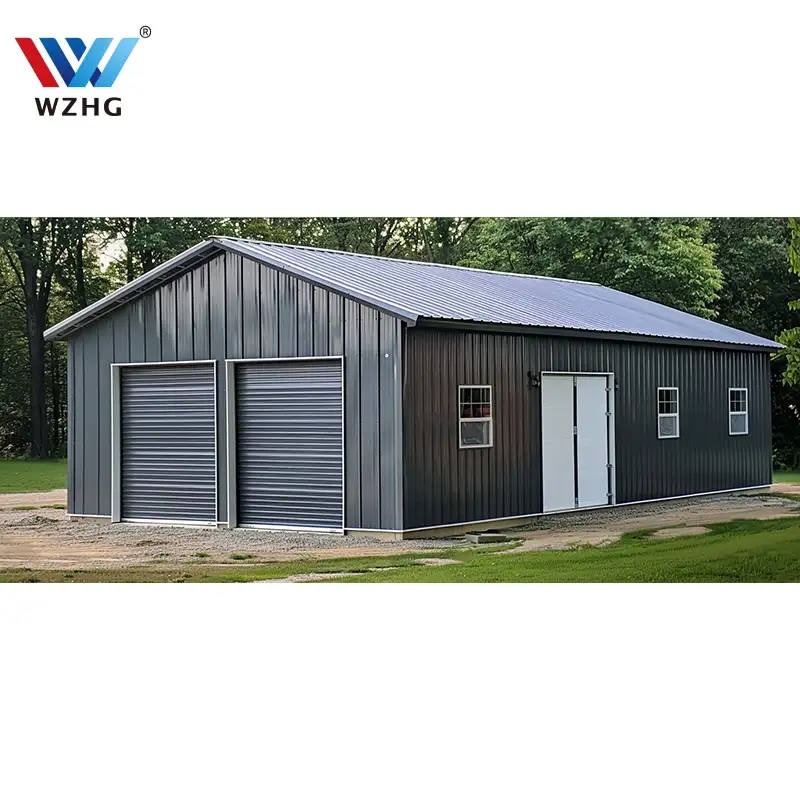Why Prefabricated Steel Buildings Are A Better Choice For Farms

Why Prefabricated Steel Buildings Are A Better Choice For Farms
Farms require durable, versatile, and cost-effective structures to support a wide range of activities and needs. From housing livestock and storing crops to sheltering machinery and providing workspace, farm buildings must be robust and adaptable. Prefabricated steel buildings have emerged as a superior option for farms, offering numerous advantages over traditional construction methods. This blog will explore the reasons why prefabricated steel buildings are a better choice for farms, examining their durability, cost-efficiency, environmental benefits, and more.




